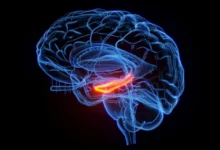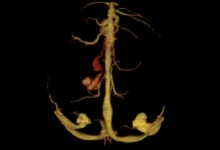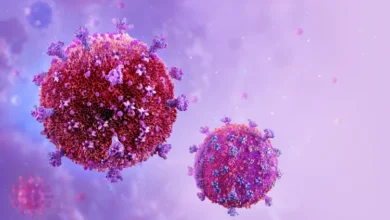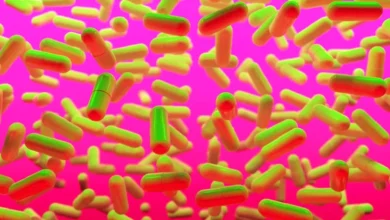Researchers Identify Four Autism Subtypes with Distinct Genetic Profiles
New Study Links Autism Traits to Unique Biological Mechanisms, Paving the Way for Personalized Care

A major study analyzing over 5,000 children with autism has identified four distinct autism subtypes, each tied to specific genetic signatures and behavioral traits. Published in Nature Genetics, the findings offer a clearer understanding of autism spectrum disorder (ASD) and bring researchers closer to precision care for autistic individuals.
Why Subtypes Matter
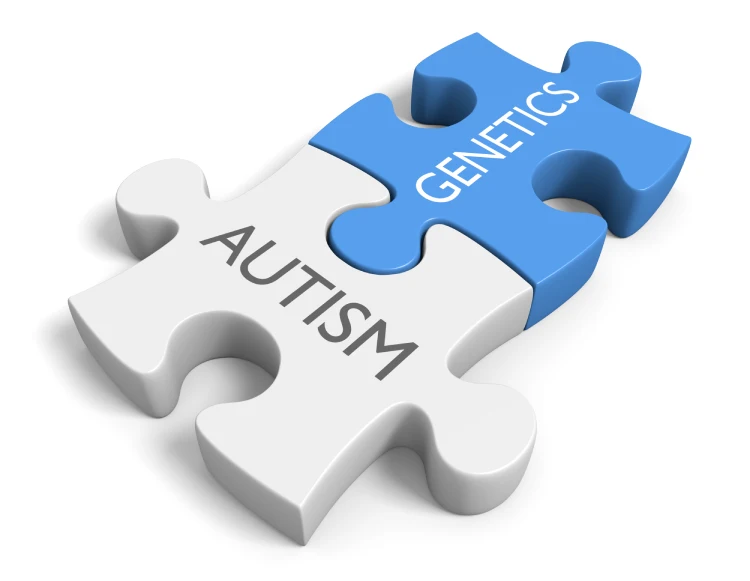
Autism is known for its complexity. Despite being highly heritable, with hundreds of genes linked to it, only about 20% of cases reveal a clear genetic cause. Until now, clinical diagnosis relied on broad categories based on social communication challenges and repetitive behaviors. These general classifications miss much of the diversity within the spectrum.
The new study, conducted by researchers at Princeton University and the Simons Foundation, breaks this down. By analyzing data from the SPARK cohort—tracking over 230 traits in children aged 4 to 18—the team used a statistical model to group individuals by shared characteristics and then mapped those to their genetic differences.
The Four Autism Subtypes
- Social and Behavioral Challenges (37%)
Children in this group had pronounced social communication difficulties and repetitive behaviors, along with conditions such as ADHD, anxiety, or depression. Despite these challenges, their developmental milestones—like walking and talking—were largely on track. - Mixed ASD with Developmental Delay (19%)
These children showed developmental delays but had mixed levels of core autism traits. They were less likely to show psychiatric symptoms like anxiety or mood disorders. - Moderate Challenges (34%)
This group showed less intense autism-related behaviors and achieved developmental milestones at typical ages. They also had a lower occurrence of additional psychiatric conditions. - Broadly Affected (10%)
The most affected group had wide-ranging difficulties across development, behavior, and mental health, including delays and mood regulation issues. These classifications, though not comprehensive, represent the most clearly distinct clusters in this dataset. The subtypes were also validated in a second, independent group of autistic children.
Genetic Differences Reflect Clinical Profiles
Each subtype showed unique patterns of genetic variation. For example, the Broadly Affected group had the highest rate of damaging de novo mutations—those not inherited from parents. In contrast, the Mixed ASD group had more inherited rare variants. These differences suggest separate biological pathways leading to similar outward symptoms.
The study also revealed that the timing of gene activity varied between groups. In the Social and Behavioral Challenges subtype, mutations occurred in genes that become active after birth, possibly explaining why these children were diagnosed later and did not show developmental delays.
Toward Personalized Autism Care
Experts say the findings offer a starting point for more targeted diagnosis and intervention. “These are not just clinical labels,” says co-lead author Aviya Litman, “they are grounded in biology.” For families, knowing a child’s subtype could help guide expectations, support plans, and treatment choices.
While more work is needed—especially to include more diverse populations—the study provides a framework that could redefine autism care. “It’s a shift from trying to explain all of autism with one model,” says Natalie Sauerwald, co-lead author, “to recognizing multiple biological narratives.”
This research, part of a decade-long effort funded by the Simons Foundation and others, highlights the value of integrating genetics, psychology, and data science. As researchers apply this model to other complex conditions, it opens new possibilities for understanding—and treating—human diversity in health.
[Source]

